Obscured by overgrown bushes and a large garage, a small white house sits on a quiet street in Midtown Palo Alto. There is not much to distinguish it from the other houses on the block; it is in keeping with the suburban tract of grassy yards, low fences and two-car driveways. But the inside of the house is a different story.
The 1,400-square-foot home accommodates 14 people at any given time. The novelty is not just the number of people who live there but also how they sleep. Each tenant has their own rectangular “pod,” measuring 3 1/2 feet wide, 6 1/2 feet long and 4 feet tall. Stacked in modules of two and lined up in rows of six to eight, the pods are closed off by a curtain, offering a shroud of privacy in an otherwise communal living arrangement.
“When I first came here, I was hesitant because it was 14 people in the house,” said Karthik Manjappa, a 21-year-old culinary graduate from Manipal, India. “You’re not having your own private space. I came in thinking it would only be for a month or two,” he laughed. “It has been 11 months already.”
Manjappa arrived in the U.S. with two suitcases, a carry-on bag and a thousand dollars in his bank account. He was ready to begin his internship at Telefèric Barcelona, a Los Gatos restaurant that hires international culinary students. But within a week of living in the Bay Area, Manjappa realized his housing situation was untenable. He was draining his finances by staying at an Airbnb while only earning minimum wage.
“Because I was new to the U.S., I didn’t have a credit score. And the apartments I found that didn’t take credit scores were very expensive, like a two-bedroom was $3,000. I needed to find something else quick,” Manjappa said. Other interns at the restaurant told Manjappa about their living situation. It was Palo Alto’s “pod house,” and for $800 a month that included utilities and Internet – with no security deposit or first or last month’s rent – it fit Manjappa’s budget.
James Stallworth and Christina Lennox, co-founders of Shared Housing, developed the concept of the pod house while working together in the California State Auditor’s Office in Sacramento. Both experienced housing insecurity at different points in their lives and thought there was a better way to accommodate low-income tenants. In 2021, they launched their first house, combining the use of sleeping pods, already popular in parts of Asia, with the comforts of a fully furnished home in Palo Alto. Since then, they have expanded to three other Northern California cities: San Francisco, Bakersfield and San Jose.
“We created these sleeping pods that landlords can put in their houses,” Stallworth said, explaining the business model of the company. “And so instead of renting to a smaller group of people, it allows more people to share a home. The price that we end up charging for a sleeping pod is a fraction of what people would pay if they were splitting a room in a house … which would be closer to $2,000,” he added.
...............................
They came for the affordability, stayed for the community vibe
When Stallworth and Lennox set up the Palo Alto house, they thought most of the renters – who typically are between the ages of 18 and 35 – would use it for three to six months before moving on to more conventional forms of housing. But to their surprise, many stayed for six months to a year or longer.
This was the case with Manjappa, who found a house in Los Gatos where he could rent a room for $900 a month. Ultimately, Manjappa decided not to take the house even though it was closer to his workplace. “I got a good room, a good deal all by myself. But then I thought if I went there, I won’t feel like I’m among the people. I’d get my private space, but I’d feel lonely all by myself,” he said.
Brenda Pesquera, a 25-year-old who returned to her home in Guadalajara, Mexico, last year, also spoke about the supportive community she found in the pod house. Like Manjappa, Pesquera came to the U.S. as a culinary intern; she learned about the house on Facebook before she arrived, with her mother assessing its suitability from the photographs.
Initially, Pesquera was worried about the sleeping pods. “I was actually scared, as a woman, like there was only a curtain, and I was right next to others, thinking anything could happen. But then I noticed the people I was living with were really protective and respectful.” Pesquera attributed this to the screening process; Stallworth and Lennox vet applicants before accepting them into the shared housing.
The social support extended beyond the house too. Pesquera told a story of how her coworkers brought her to the hospital after frying oil splattered on her face at the restaurant. “They just left me there, like ‘Okay, we brought you, now we’re done.’ I messaged my friends in the house, and they came at 4 a.m. to pick me up. They ended up staying with me to help me with the insurance even though they had to go to work at 6 a.m.”
While 14 people live in the house, it is unusual to have all of them there at the same time. Still, a family atmosphere tends to crop up in the evenings, particularly in the kitchen, dining and living room areas where a few people will be cooking, eating and hanging out. On one of these evenings, Manjappa was busily preparing dinner for visiting coworkers. “This is the manager!” he called out, introducing a roommate who was putting on a bicycle helmet and about to leave for work.
“I’m not really the manager,” said the roommate good-naturedly. The roommate, who requested to remain anonymous, is a computer science researcher at Stanford University and has lived in the house since it first opened; a choice necessitated by the unpredictability of his employment contract, which renews every academic quarter. The affordability of the rent and flexibility of the lease brought him to the house but, like Manjappa, he stayed because of the friendships.
“I call him the manager because he takes the responsibility of getting things, like toilet paper,” Manjappa said. “He also has stayed the longest. He’s the old guard.”
...............................
With the house leased and the pods subleased, who's in charge?
The designation of who really is the manager is somewhat unclear. The house is leased to Brownstone Shared Housing, or Stallworth and Lennox, who then sublease it to other renters. “We’re not necessarily a property manager, more like regular tenants,” Stallworth said.
“We still manage the property though by default,” Lennox added. “We lived there for a while. We do the fixes to the furniture and stuff but not necessarily the property. The actual landlord manages their own property,” she said.
While the landlord addresses large maintenance issues, Stallworth and Lennox deal with any other problems that arise in the house. This includes interpersonal disputes, most of which revolve around noise complaints and the storage of belongings. Anticipating some of these problems, they set up basic house rules, like quiet hours after 11 p.m.
They also implemented an organizational system to keep personal items in check; everyone has a designated amount of drawer, closet and refrigerator space marked by stickers. “I’m always fighting the clutter,” Lennox said, a statement that was supported by a quick glance into the changing area where the residents had clothes, toiletries and boxes piled on top of dressers and stacked in corners of the room.
The task of cleaning the house was another area of constant improvement, undergoing several iterations over the past two years. Each tenant is responsible for their own pod, many of which are decorated with pictures, plants and small knick knacks while others have a more minimalist style with just bedding and personal electronics shoved along a wall.
Everyone is responsible for the rest of the house although women often do more of the housework, according to Pesquera. “We were always doing the cleaning and some of the guys noticed. Well, we made them notice that it was unfair. One of them said he didn’t like cleaning, but he would buy a robot to help clean the floors. And another guy said he didn’t know how to clean but at least he knew how to do dishes. So, he was always doing the dishes.”
To mitigate these issues, Stallworth and Lennox hired someone to clean the house every two weeks; the deep cleaning they do themselves. The one area that has not emerged as a point of contention is the two bathrooms. “We’re always asked about the bathrooms,” Lennox said, “And it’s never been a problem.”
Pesquera and Manjappa agreed; the work schedules are staggered enough so that everyone can use the bathroom when needed. “We also just talk out any issues,” Manjappa said.
They apply the same approach with the neighbors next door, one of whom frequently complains about the noise level in the backyard; occasionally Stallworth and Lennox intervene, reminding the tenants of the house rules. Still, a longtime resident who asked to be called by his middle name, Elias, thought the neighbor’s complaints were unjustified.
“They complained more last year when we had more Spanish speakers. The noise level hasn’t changed all that much, just the languages,” he said.
The house also came under scrutiny from the city of Palo Alto last year, after officials received unsubstantiated complaints that the house was being rented out on a short-term rotating basis, with many people coming and going.
At that time, Stallworth informed the Palo Alto Weekly that many of the city’s assertions, including those about renters staying less than 30 days, were misinformed.
The city ended up citing several building code violations, including lack of smoke detectors, exposed wires and an illegally converted garage. They have since corrected those violations, Stallworth said.
When asked if there was anything they did not anticipate with their housing venture, Stallworth and Lennox both laughed and responded no. “We pretty much expected everything,” Stallworth said.
“Even the city,” Lennox added.
“For some reason there’s the perspective of people that if there’s anything different or they don’t like, it’s illegal,” Stallworth said, and then continued later in the conversation, “We’re not trying to break any laws or anything like that. We’re just trying to house people.”
...............................
An affordable alternative to traditional housing
For renters like Pesquera and Manjappa, the pod house made their year-long stays in the U.S. possible. It also expanded their worldviews, with both stating that one of the best parts of the house was meeting and interacting with people from different cultural backgrounds.
Manjappa listed the countries represented by the residents: Japan, Egypt, Thailand, Spain, Peru, Mexico, India, Bangladesh, Yemen and South Dakota, he joked, referring to Elias. “There are new people coming in, you make bonds, you make friendships, you make contacts, and then once they leave, you have memories that you cherish. And you get a second home in another country,” Manjappa said.
Elias also appreciated the cultural diversity of the house, especially after growing up in a small South Dakota town. Like many of the residents, he came to the house expecting it to be a short-term arrangement but stayed for a year. Even though he works two jobs – one at Stanford University’s food services and another at a local coffee shop – Elias had difficulty finding affordable housing, until recently. He soon will share an apartment with one other person in Menlo Park for $1,250 a month.
“This is the nicest house I’ve ever lived in,” Elias said, referring to the pod house. And then he added, “But I’m really looking forward to having my own space.”
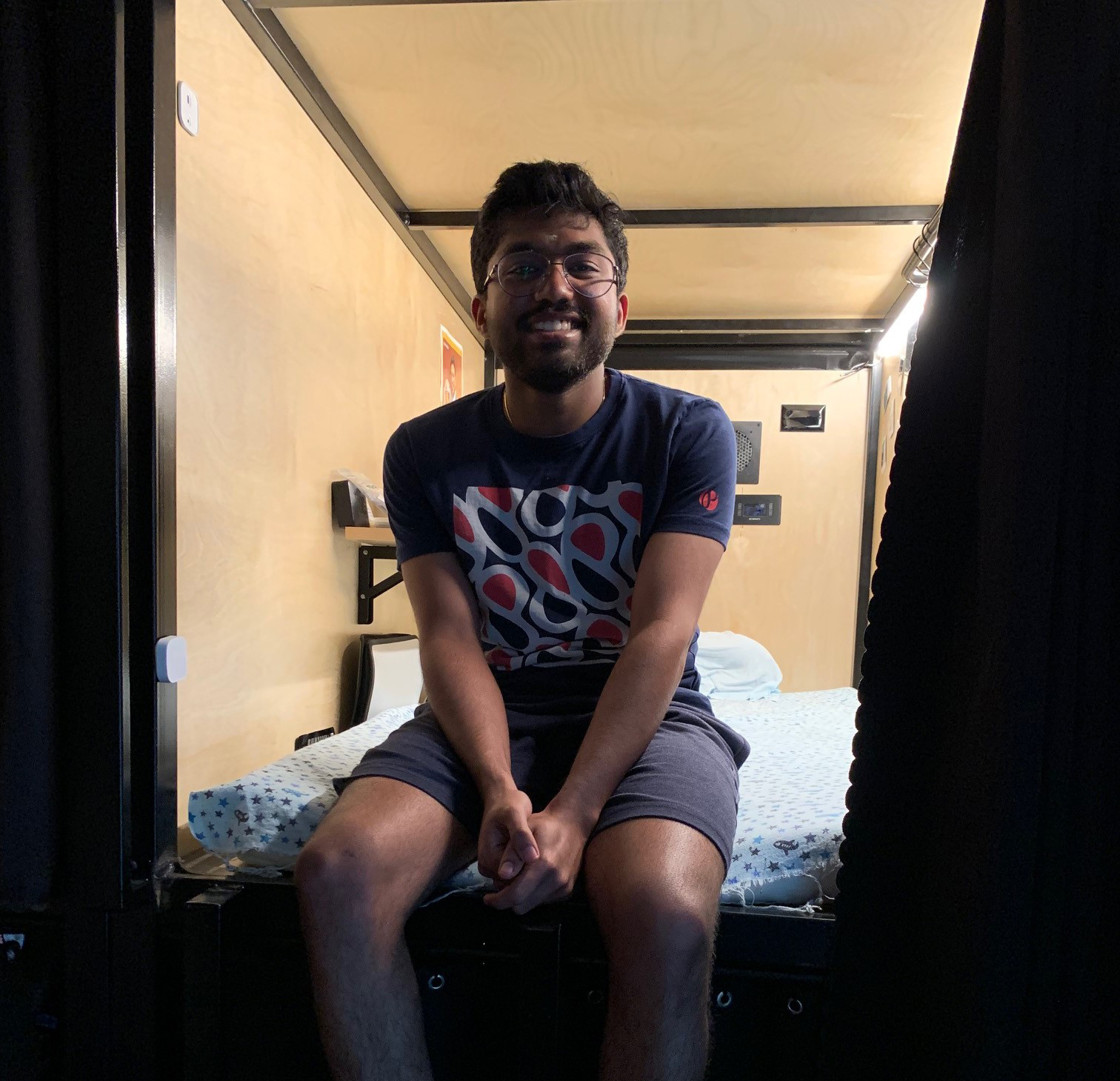

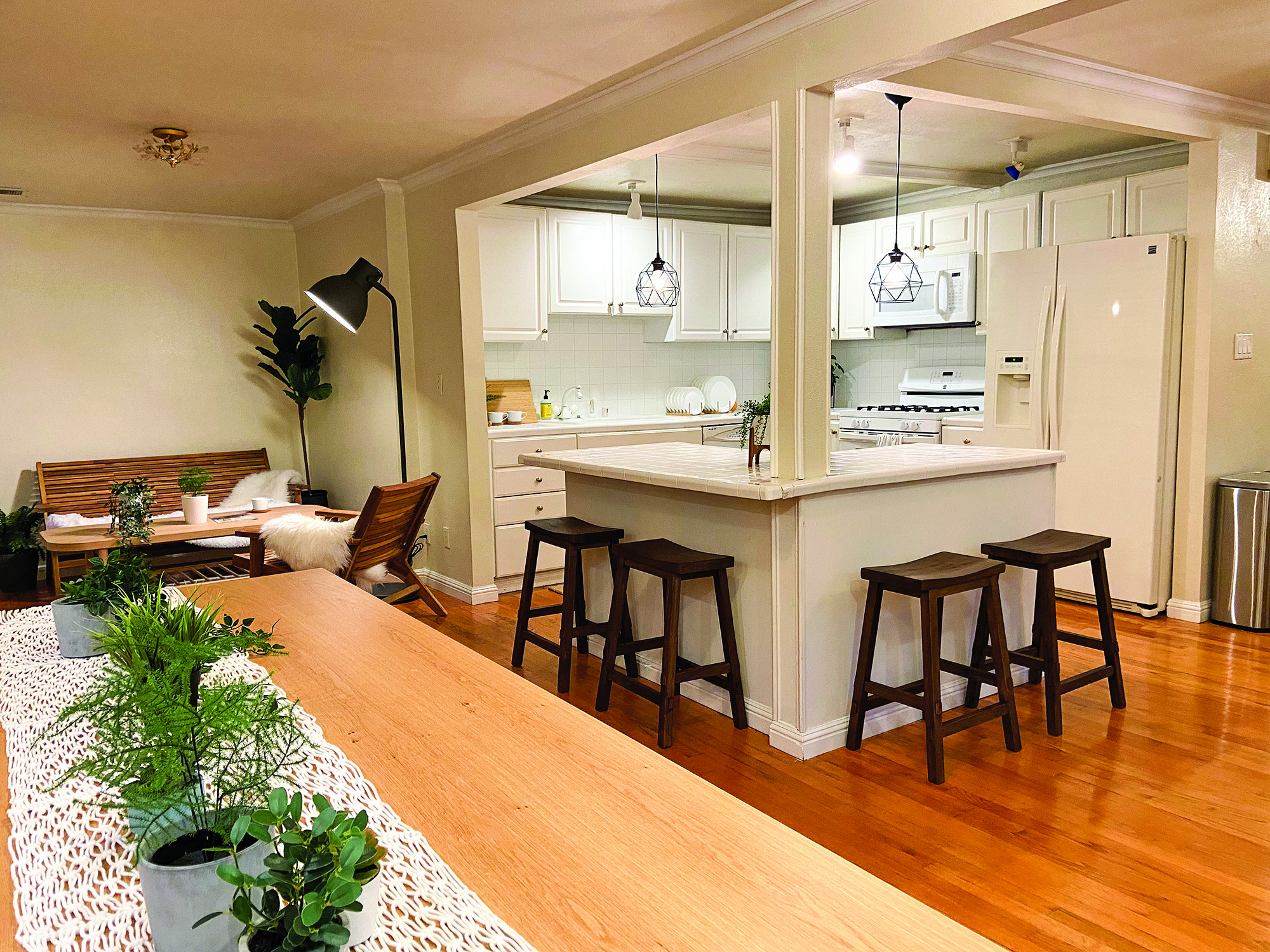
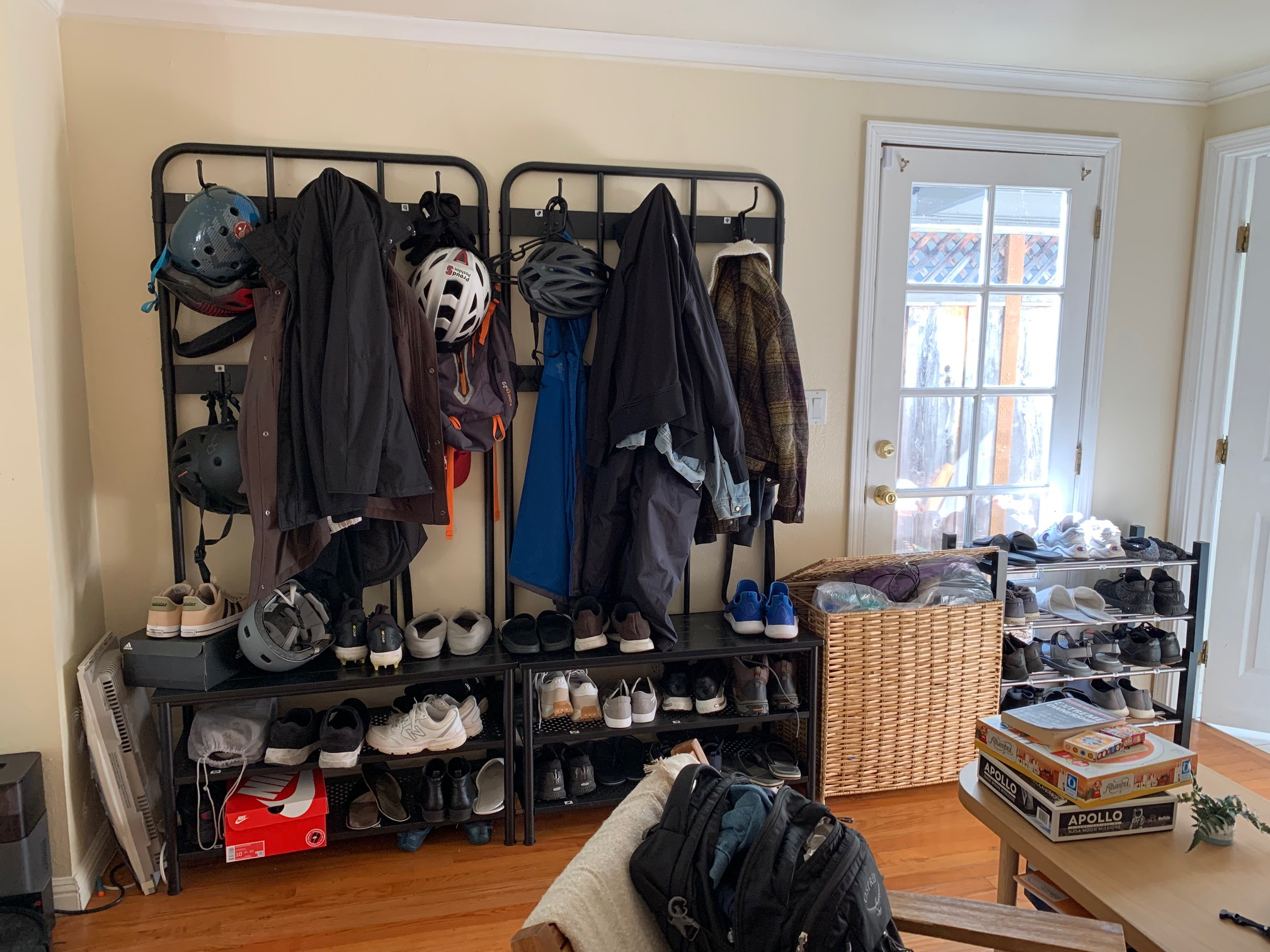
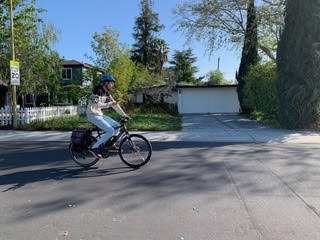
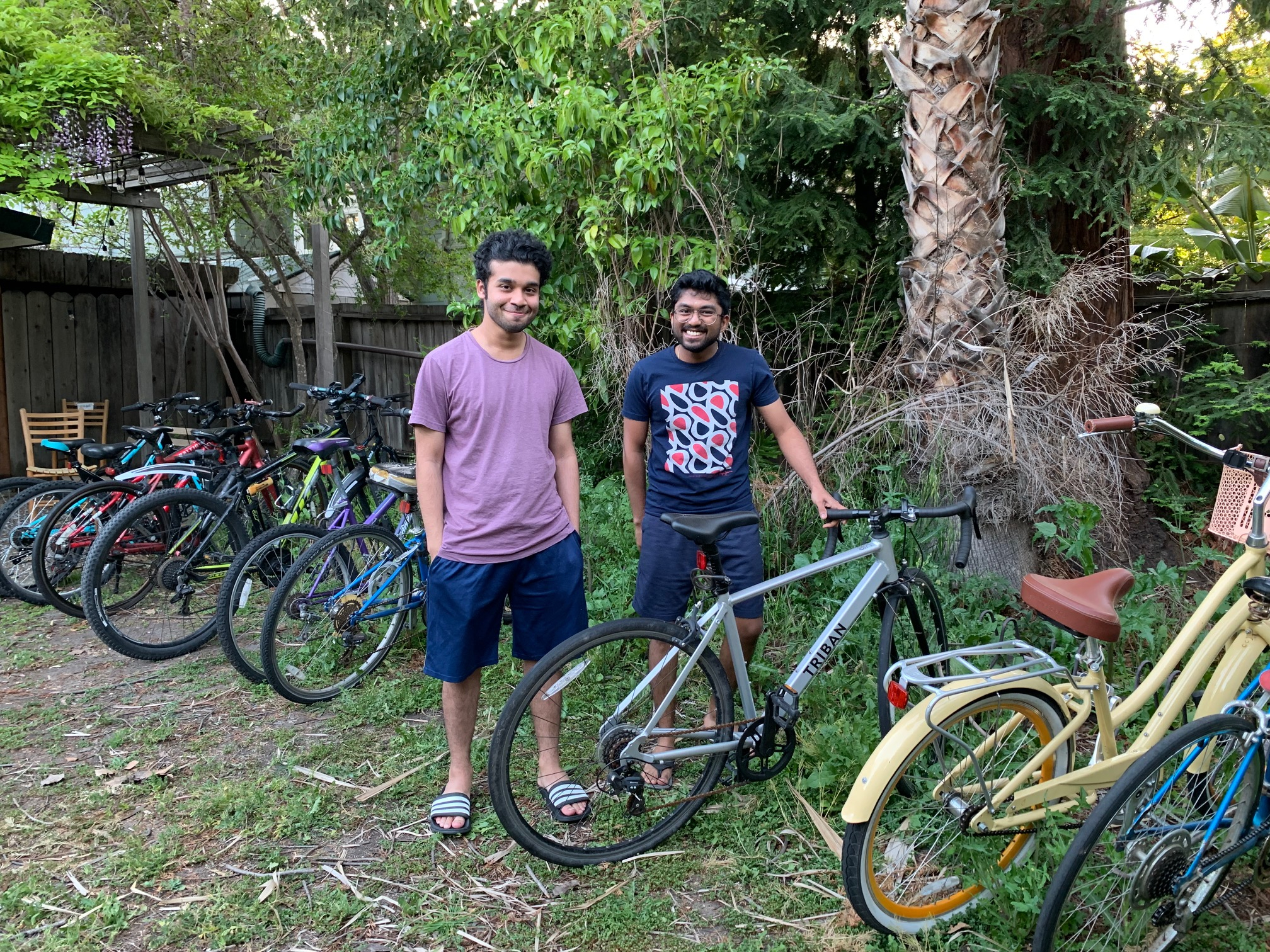
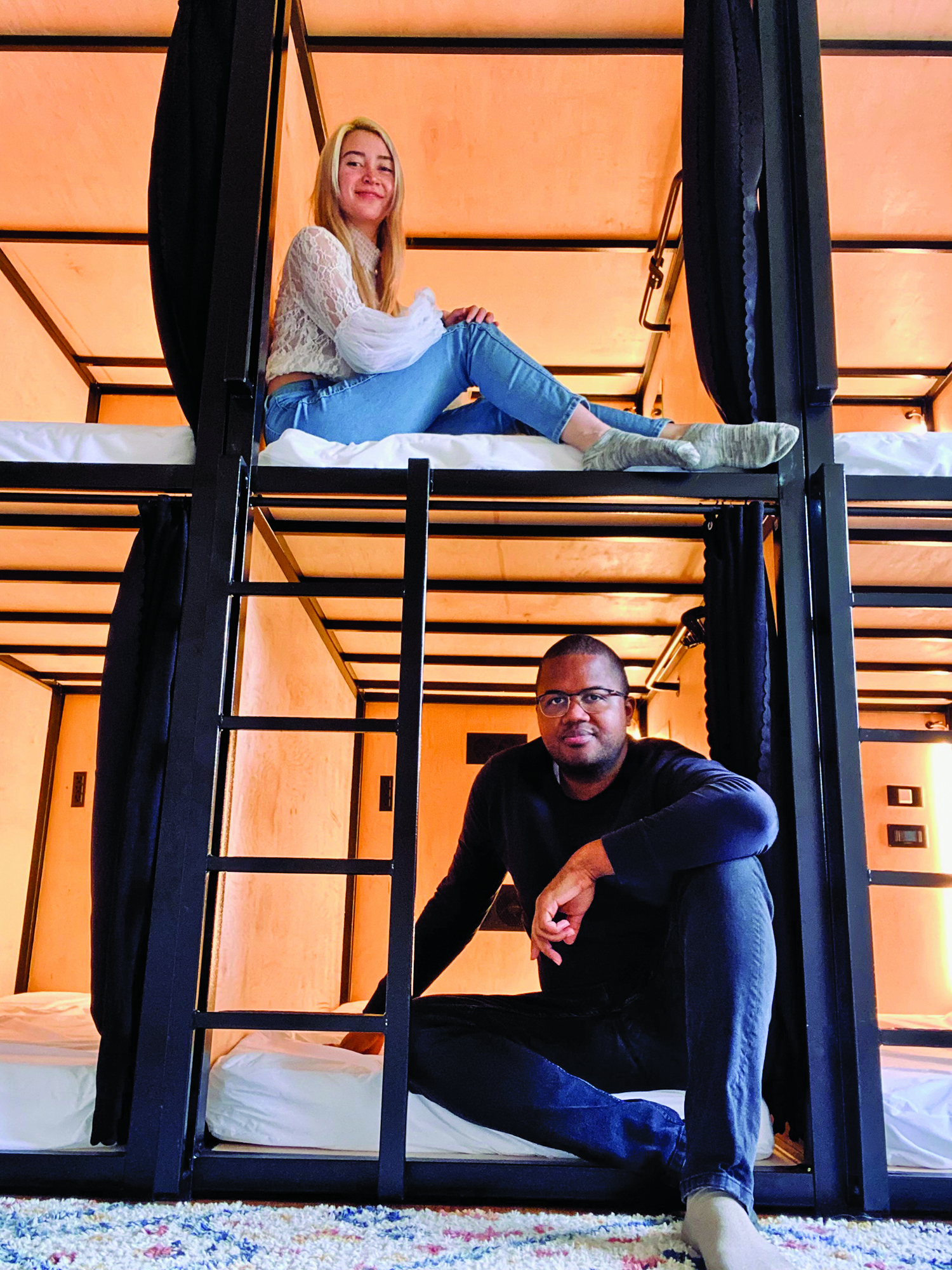

Comments
Registered user
Monta Loma
on Sep 27, 2023 at 7:49 pm
Registered user
on Sep 27, 2023 at 7:49 pm
Great story and great concept! Thanks for the article!